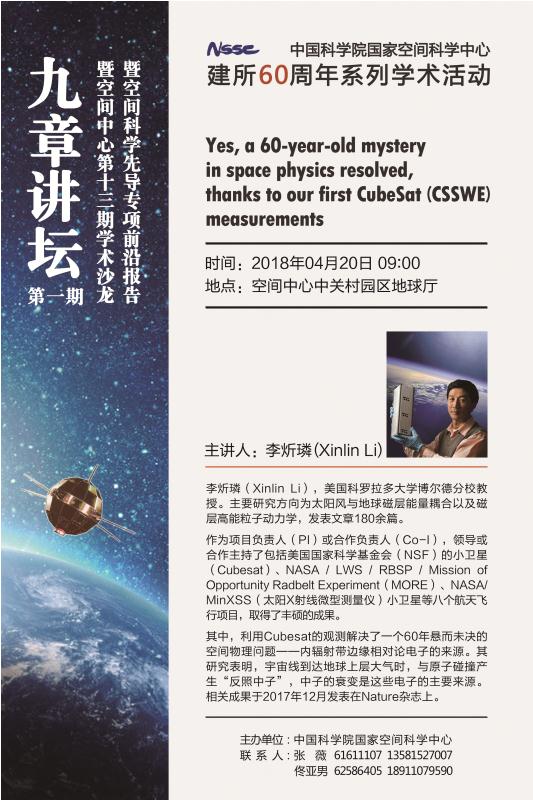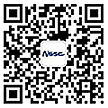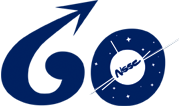

(4月20日)九章论坛第一期:Yes, a 60-year-old mystery in space physics resolved thanks to our first CubeSat (CSSWE) measurements
来源: 记者:

Yes, a 60-year-old mystery in space physics resolved, thanks to our first CubeSat (CSSWE) measurements
Xinlin Li (李炘璘)
Laboratory for Atmospheric and Space Physics (LASP), Ann and H. J. Smead Department of Aerospace Engineering Sciences (AES), University of Colorado Boulder
Our first CubeSat: Colorado Student Space Weather Experiment (CSSWE), funded by NSF, launched on September 13th, 2012 and operated more than two years, has been a tremendous success in Education, Engineering, and Sciences. More than 65 students have worked on this project, with mentoring and supervision from AES faculty and LASP engineers. Five Ph.D. dissertations are closely related to this mission, and there have been 21 peer-reviewed papers associated with CSSWE published, with about one-third of them being engineering research papers and two-thirds science research papers. Recently, we have resolved a 60-year-old mystery regarding the source population of inner radiation belt electrons solely based on the measurements of Relativistic Electron and Proton Telescope integrated little experiment (REPTile), the sole science payload onboard. The results were published in Nature in December 2017 [1], leading to a wealth of media, national and international, coverage.
In this presentation, I will first review the engineering endeavor leading to the completion of CubeSat systems and then describe the data analysis effort leading to the most recent publication in Nature, in which we show direct measurements of relativistic electrons near the inner edge of the inner radiation belt and demonstrate, for the first time, that the main source of these electrons is cosmic-ray albedo neutron decay (CRAND), and that this CRAND process also contributes to electrons elsewhere in the inner magnetosphere. Finally, I will briefly describe our next generation of REPTile and CubeSat, recently funded by NASA, to make the cleanest measurements of inner belt electrons in the near future.
[1] Li, Xinlin, Richard Selesnick, Quintin Schiller, Kun Zhang, Hong Zhao, Daniel Baker, and Michael Temerin (2017), Measurement of electrons from albedo neutron decay and neutron density in near-Earth space, Nature 552, 382-385, doi:10.1038/nature24642.

北京市怀柔区杨雁路京密北二街

010-62576921


版权所有 © 中国科学院国家空间科学中心 京ICP备05061203号-1 京公网安备110402500047号
地址:北京市怀柔区杨雁路京密北二街 邮编:101499 技术支持:青云软件